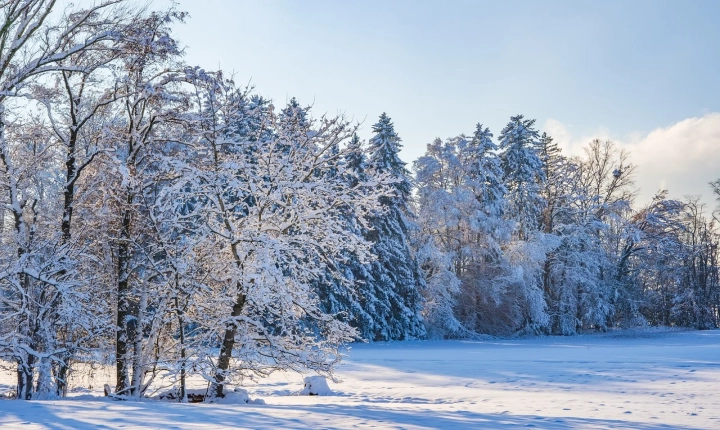Title: How to Merge Images with AI: A Step-by-Step Guide
In today’s digital age, the ability to merge images seamlessly has become an essential skill for content creators, graphic designers, and photographers. With the help of artificial intelligence (AI), the process of merging images has become more accessible and efficient than ever before. AI-powered tools can quickly and accurately combine multiple images to create stunning visual compositions. In this article, we will explore the step-by-step process of merging images with AI, along with the potential applications and benefits of this technology.
Step 1: Select an AI-Powered Image Merge Tool
The first step in merging images with AI is to choose a suitable tool that leverages the power of artificial intelligence. There are several AI-powered image merge tools available, each with its unique features and capabilities. Some popular options include Adobe Photoshop, GIMP, and online platforms like Canva and PicMonkey. It is essential to select a tool that aligns with your specific requirements and expertise level.
Step 2: Upload the Images
Once you have selected an AI-powered image merge tool, the next step is to upload the images that you want to merge. Most AI tools allow users to import multiple images from their computer, cloud storage, or other sources. It is crucial to ensure that the images you choose are of high quality and resolution to achieve the best results.
Step 3: Arrange and Adjust the Images
After uploading the images, you can arrange and adjust them within the AI tool’s interface. Depending on the tool you are using, you may have options to resize, reposition, or align the images to create the desired composition. AI-powered tools often come with advanced features such as auto-alignment, smart object detection, and content-aware fill, which streamline the process of merging images with precision.
Step 4: Apply AI-Powered Editing Effects
Many AI-powered image merge tools offer a wide range of editing effects and filters that can enhance the merged image. These effects may include color correction, background removal, object blending, and texture synthesis. Leveraging AI-driven algorithms, these tools can intelligently analyze the images and apply adjustments to achieve a harmonious and visually compelling result.
Step 5: Save and Export the Merged Image
Once you have completed the merging and editing process, it is time to save and export the merged image. Most AI-powered tools provide various file formats and quality settings for exporting the final composition. It is essential to choose the appropriate file format and resolution based on the intended use of the merged image, whether for web, print, social media, or other platforms.
Applications and Benefits of Merging Images with AI
The ability to merge images with AI has a wide range of practical applications across various industries. For photographers, AI-powered image merge tools can streamline the process of creating panoramic photos, HDR composites, and creative photo manipulations. Graphic designers can use AI to combine multiple visual elements and create eye-catching graphics for branding, advertising, and digital media. In the realm of content creation, AI-powered image merge tools enable storytellers and marketers to conceptualize and craft engaging visual narratives that resonate with their audience.
The benefits of merging images with AI are manifold. AI-powered tools can significantly reduce the time and effort required to merge and edit images, allowing creators to focus on the creative aspects of their work. Additionally, AI algorithms can enhance the accuracy and consistency of image merging, resulting in professional-quality compositions. Furthermore, AI-driven editing effects and enhancements can elevate the visual impact of merged images, making them stand out in a crowded digital landscape.
In conclusion, the integration of AI technology has revolutionized the process of merging images, empowering creators to produce stunning visual compositions with unprecedented ease and efficiency. By following the step-by-step guide outlined in this article and leveraging AI-powered image merge tools, individuals and businesses can unlock a world of creative possibilities and elevate their visual storytelling capabilities. With the continued advancement of AI, the future of image merging holds the promise of even more innovative features and seamless integration, further expanding the horizons of visual expression.
By harnessing the power of AI, the art of merging images has transcended conventional boundaries, paving the way for a new era of creative exploration and expression in the digital realm.
